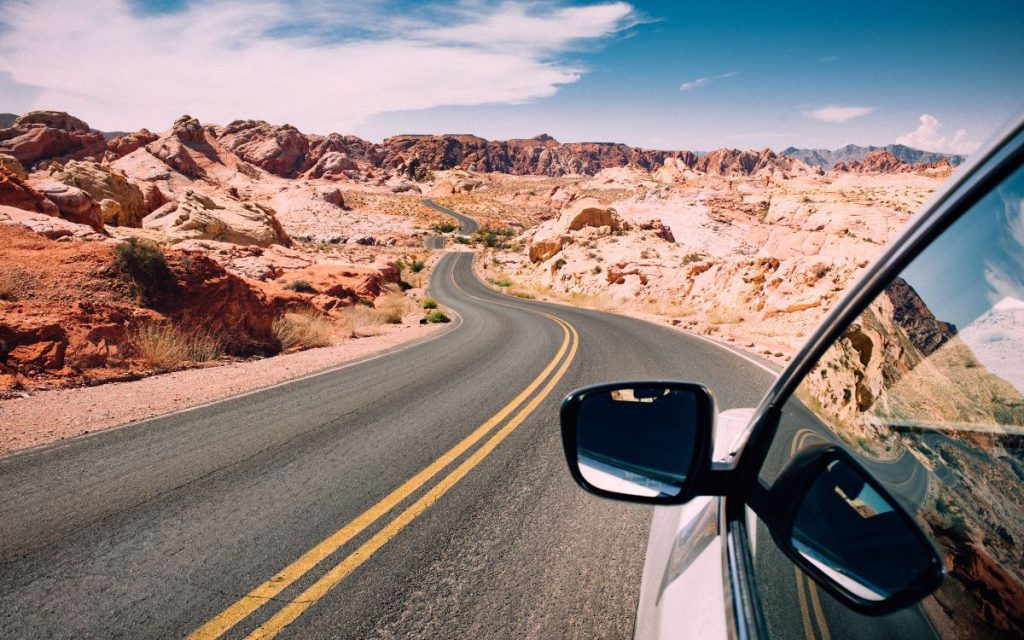While driver's ed might not be the most entertaining, there are at least a few interesting things that you pick up during the course. These captivating lessons stick in your head forever and help you navigate tricky situations.
1. How to Use a Roundabout
Roundabout has been around for a long time, but some areas don't use them at all. When you encounter one in the wild for the first time, having learned how to use a roundabout in driver's ed will save you from confusion. Your course will teach you that you should:
Yield to vehicles when entering
Never stop in a roundabout
Not pass other vehicles
Know which lanes to use for which exits
You'll master the roundabout after going through one a few times, and you won't even have to think twice about how to use one.
2. How to Handle Your Car in an Emergency
It's important to know how to handle your car in an emergency like a blown-out tire or hydroplaning. The key factor to remember in both of these situations is that you need to stay calm. This may seem hard to imagine in such a surprise situation, but if you panic, you may end up crashing.
3. How to Zipper Merge
One of the newer, more interesting concepts taught in driver's ed is the concept of the zipper merge. The perfect time for zipper merging is when two lanes combine into one, usually due to construction or lane closure.
Instead of queueing up for miles at the first sight of a lane closure sign, this method has drivers use both lanes all the way to the merge point and then combine into one lane. It should look like the teeth of a zipper combining. Zipper merging can minimize traffic and reduce tailgating and unsafe braking. Unfortunately, everyone on the road has to know how to do this for it to be successful.
4. How to Use Lanes Correctly
When it comes to driving on the biggest highways, you could encounter as many as ten lanes — and you need to know how to properly use each one.
The left lane should be for passing only — don't cruise along here unless you're actively passing other cars. The middle lane or right lane on a two-lane highway is for maintaining your speed. The far right lane on a three-lane or greater highway is for slower traffic.
5. How to Communicate with Other Drivers
Communicating with other drivers allows them to know what your next move will be. This is why it's crucial to use turn signals.
For example, if you planned on making a right turn,, you would put on your turn signal 100 feet before you make your turn. This gives drivers behind the heads up to slow down to avoid a collision. You can also use your hazards to let other drivers you're moving below the speed limit, and your high beams to warn others of dangers ahead.
Try asking your parents what their favorite lesson was in driver's ed. If something from the class was that memorable to them, they probably think of it every time they enter that specific driving situation. If you sign up through Driver Education, Get Drivers Ed you'll make memories of your own favorite lessons. Our engaging videos let you learn the rules of the road on the go.

